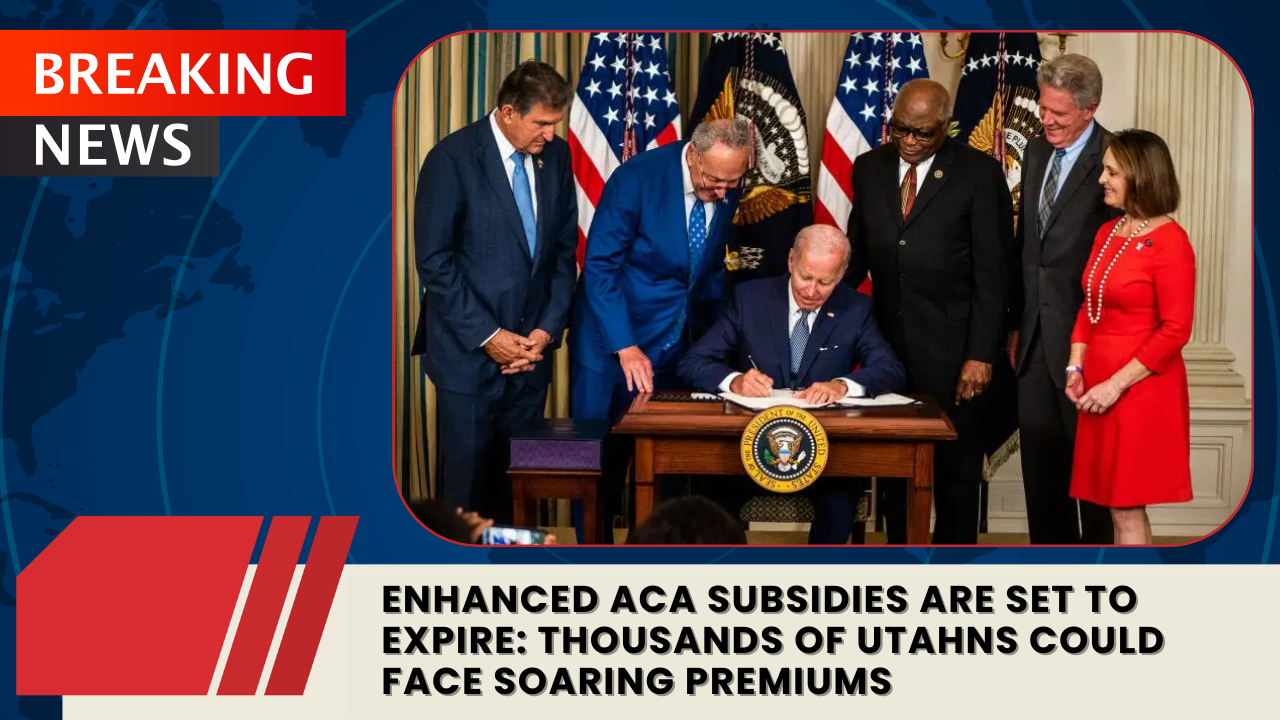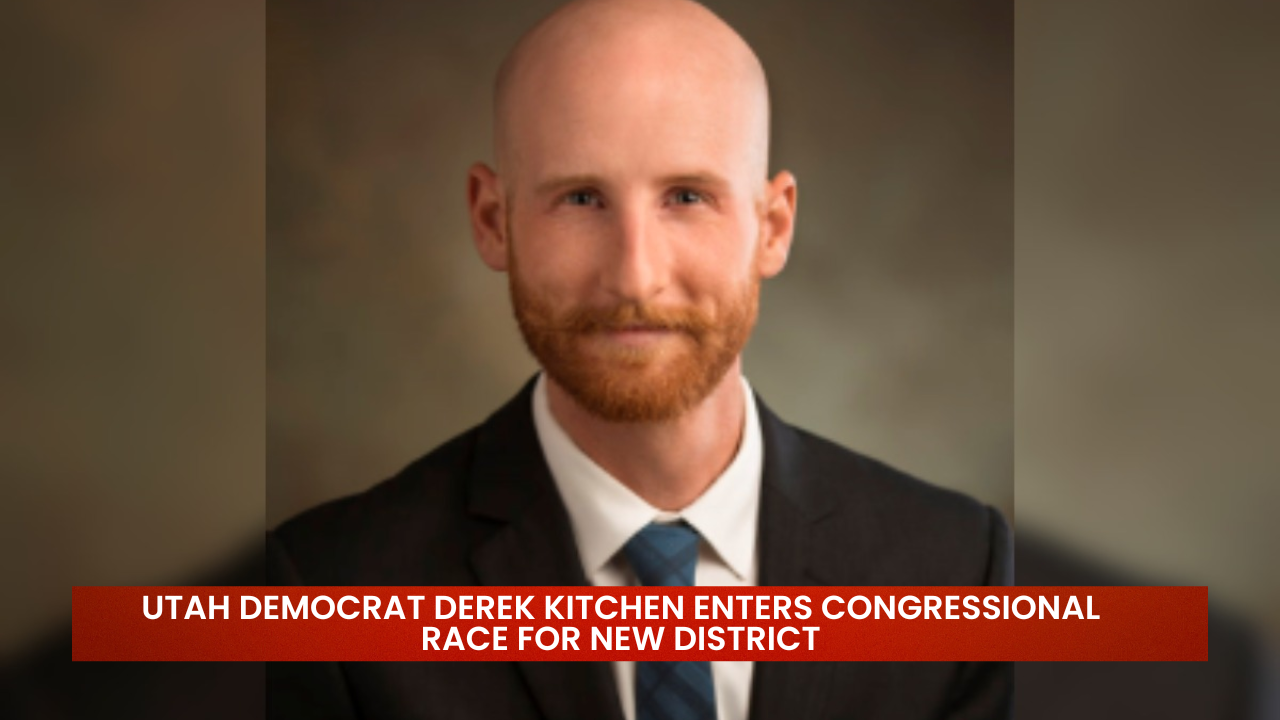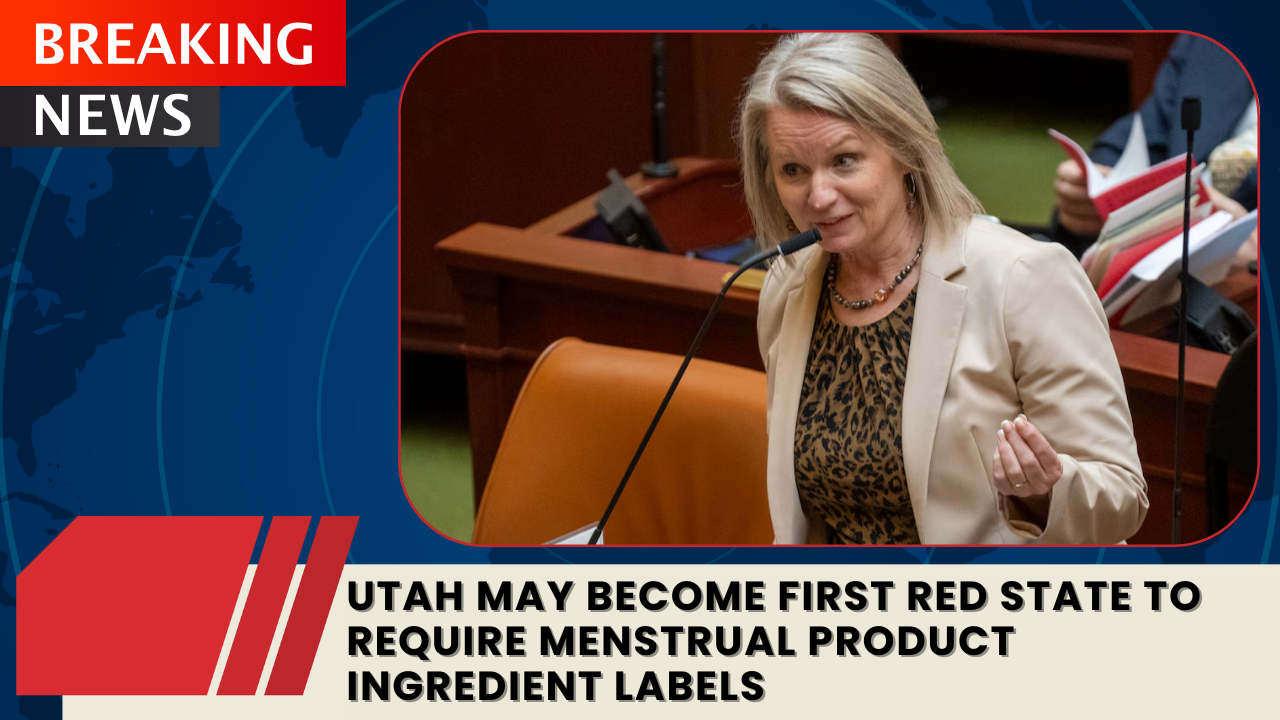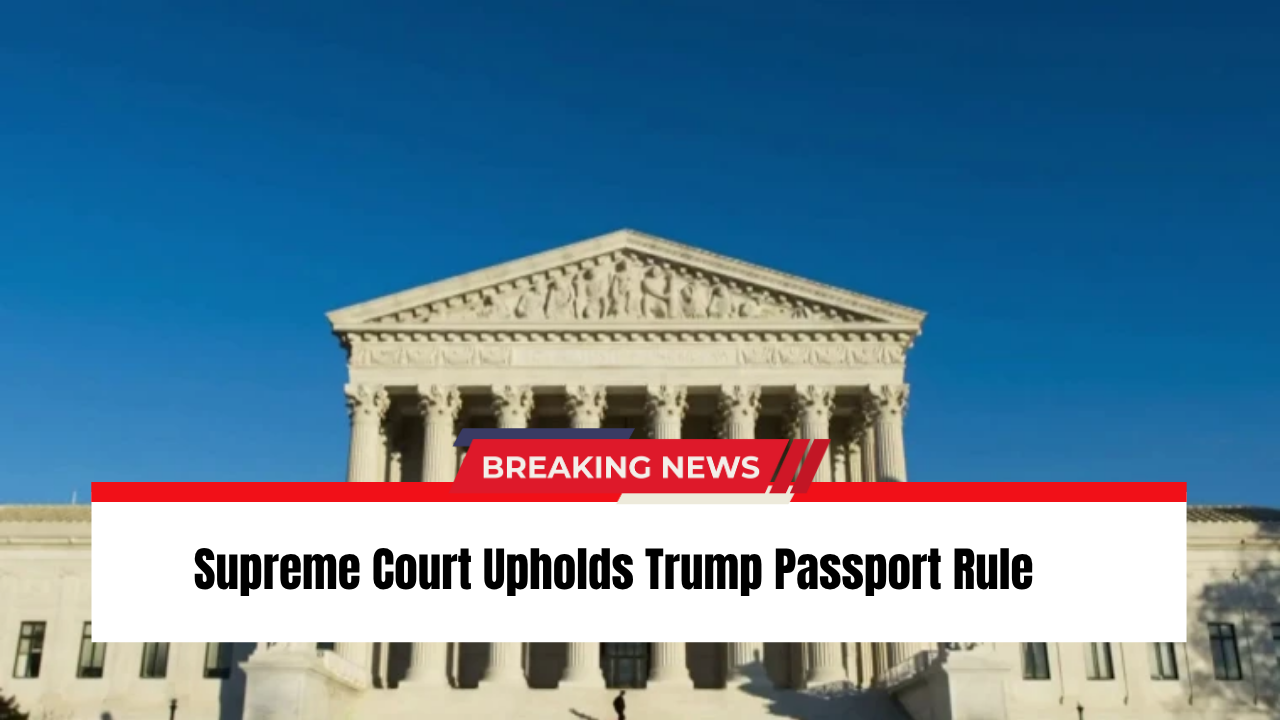When Congress temporarily boosted Affordable Care Act (ACA) premium tax credits in 2021, Utah saw a coverage surge: marketplace enrollment more than doubled, with over 1 in 10 Utahns now insured through HealthCare.gov plans. Those “enhanced” subsidies are slated to end December 31, and the fallout could be immediate and painful—especially for middle-income households and workers at small businesses that don’t offer employer plans.
What’s changing
The enhanced credits removed the hard cutoff at 400% of the federal poverty level (FPL) (about $62,000 for an individual), capping premiums as a share of income on a sliding scale. If they lapse, many Utahns just above 400% FPL lose help altogether; others see their share rise. For people like Stan Clawson, a Salt Lake City filmmaker living with a spinal cord injury, the math is stark: a current premium of about $335/month could jump to roughly $726/month without the added subsidy.
Why Utah is uniquely exposed
Utah’s economy leans heavily on small employers (fewer than 50 workers), who aren’t required to offer insurance; Utah also ranks near the bottom for small-firm coverage. Result: a larger slice of the workforce buys on the marketplace. Rural counties—from Juab to Rich to Wayne—record some of the highest enrollment shares, and they saw the biggest jumps after 2021.
Who gets what today
About 96% of Utah marketplace enrollees receive standard ACA tax credits (100%–400% FPL). A smaller but crucial group—roughly 7%—earns above 400% FPL and only qualifies because of the enhanced rules. Utah’s average monthly credit (~$463) is modest by national standards, but losing it (or losing eligibility entirely) can still push families off coverage.
The politics: extend, taper, or end?
Democrats want an extension tied to reopening the government; several Utah Republicans say they’re willing to debate an extension or a glide path, but not as part of a shutdown deal. Critics argue continued subsidies reduce market pressure on premiums; supporters counter that ending them would price out middle-income families as hospital and drug costs rise.
What Utahns can do now
• Update income estimates promptly in HealthCare.gov—accurate projections help avoid big tax-time reconciliations.
• Shop broadly during open enrollment: compare metal tiers, narrow vs. broad networks, and check if a Silver CSR plan (if eligible) lowers out-of-pocket costs.
• Use a licensed broker or navigator—free help can surface lower-cost options or state programs you might miss.
• Plan for scenarios: if enhanced credits lapse, model your 2026 budget with and without subsidies so you’re not surprised by January invoices.
Bottom line: Without congressional action, many Utahns—especially those just over 400% FPL and small-business employees—will face a steep premium cliff. With open enrollment approaching and deadlines tight, proactive plan shopping and income updates can soften the blow, but policy decisions in the coming weeks will determine how many people keep coverage in 2026.



